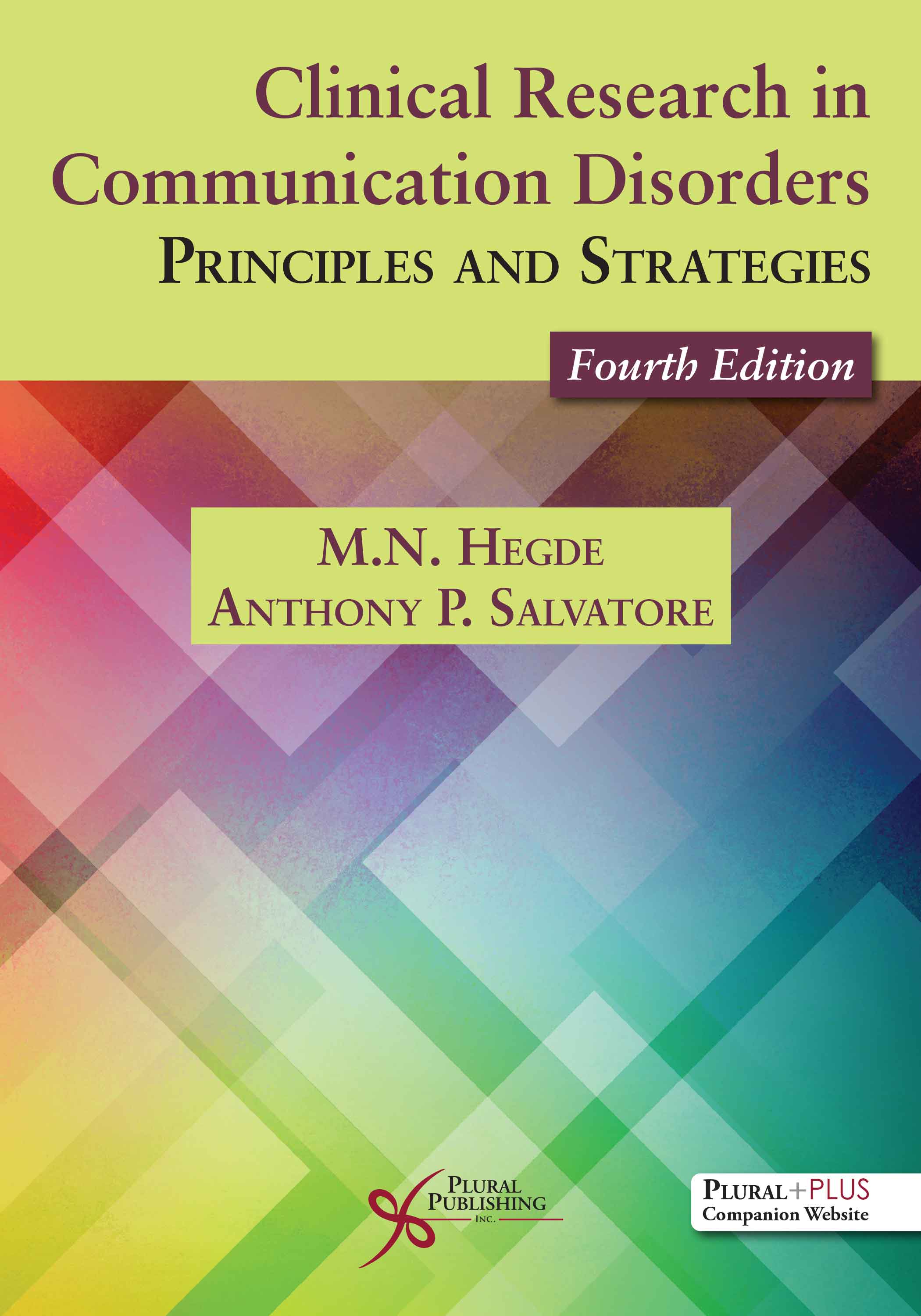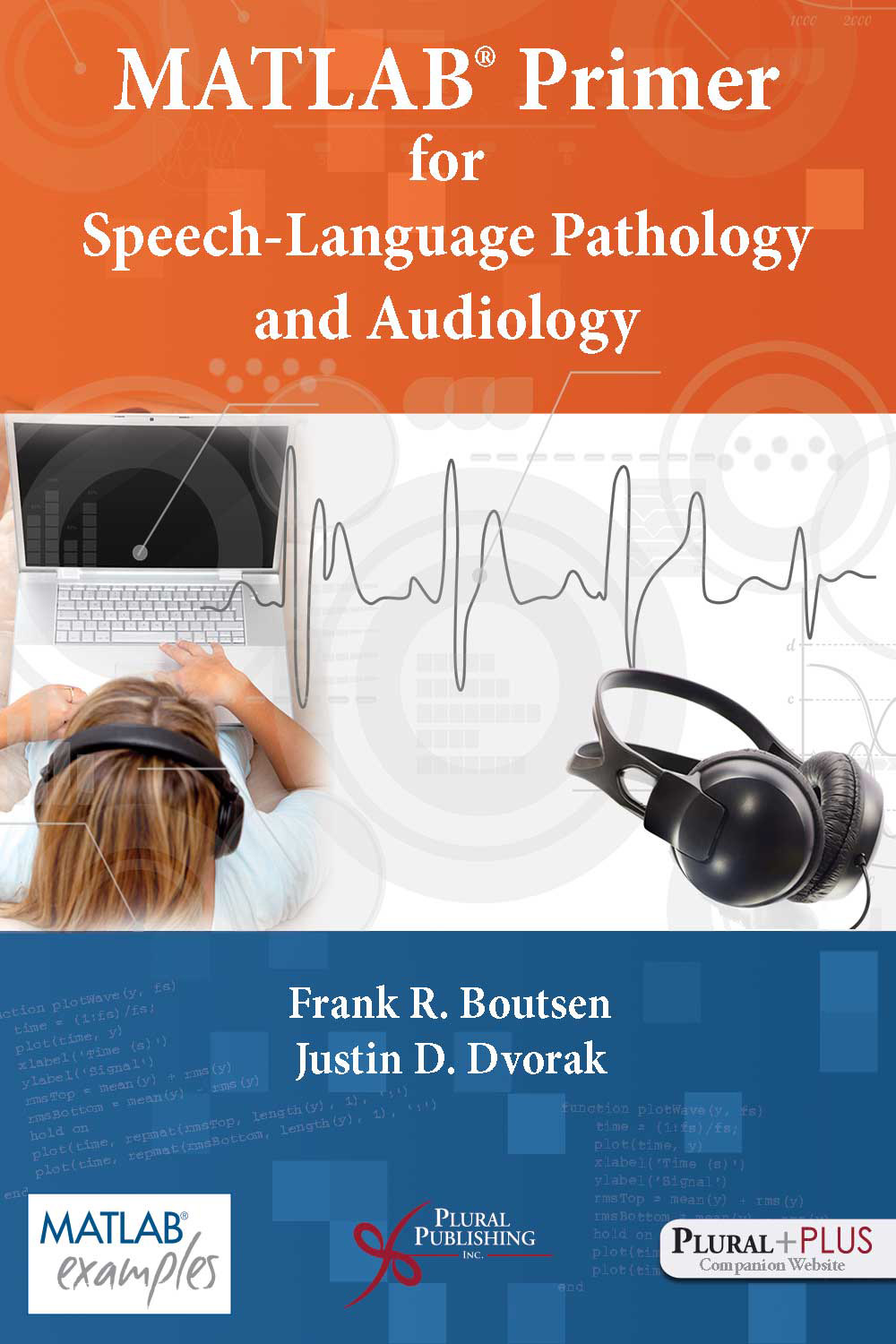
Statistical Methods and Reasoning for the Clinical Sciences: Evidence-Based Practice
First Edition
Eiki Satake
Details: 592 pages, B&W, Softcover, 7" x 10"
ISBN13: 978-1-59756-433-5
© 2015 | Available
For Instructors
Purchase
Purchase of this book comes with complimentary access to case studies hosted on a PluralPlus companion website. See the "Resources" tab above for more information.
Statistical Methods and Reasoning for the Clinical Sciences: Evidence-Based Practiceprovides practitioners with the scientific literacy needed to understand statistical methods in order to increase the accuracy of their diagnoses.
With case studies included on a companion website, this text will help readers comprehend how the process of clinical research relates to the scientific method of problem solving. Readers will understand the importance of three key, interrelated tasks involved in a research study: description (why it was done), explanation (what was done and to whom), and contextualization (how the results relate to other bodies of knowledge).
This text also examines the following:
- The two basic elements of statistical reasoning that constitute evidence-based practice: deductive inference (from effect to cause) and inductive inference (from cause to effect).
- Classical statistical methods-statistical terms/vocabulary, population parameters, and sampling methods-as well as descriptive statistical methods-measures, correlation, and regression.
- The fundamentals of statistical inference that include testing hypotheses using a z-test, t-test, ANOVA, and MANOVA.
- The concept of probability, through various concrete examples and a step-by-step approach, which is a fundamental part of the clinical decision-making process.
- Evidence-based probabilistic methods called Minimum Bayes Factor (MBF) for measuring the strength of clinical evidence more precisely and as an alternative to classical testing hypotheses methods.
- Rationales and procedures of other statistical methods frequently seen in clinical literature, like meta-analysis, nonparametric methods, categorical analyses, and single subject designs.
This text not only distinguishes between the concepts of "statistical significance" and "clinical significance," often not clearly addressed in other texts, but it also emphasizes the value of scientific literacy in evidence-based practice.
Reviews
"The material is presented in the best style and depth, and is written in the most clear, explanatory way that I have ever seen in 30 years in this field. Dr. Satake provides the first truly excellent text in the area. Bravo!"
—Amir Aczel, PhD, Research Fellow at the Boston University Center for Philosophy and History of Science
"The book is designed primarily for readers without a statistical background who would like to grasp the important aspects of statistics required for the appropriate interpretation of medical literature. The author has contributed to many statistics books...Each chapter ends with multiple-choice questions which serve as feedback and reinforcement. Some statistical processes, such as the organization of data into graphs and the calculation of simple statistical measures, etc., are explained in a stepwise fashion which is very helpful for beginners. This is an excellent resource for the proper understanding and interpretation of basic statistical concepts used in the medical literature from the perspective of evidence-based practice."
—Pooja Sethi, MD, East Tennessee State University Quillen College of Medicine, in Doody's Review Service
1 What Is Statistics? Descriptive and Inferential Statistics
2 Organizing and Graphing Data
3 Descriptive Methods: Measures of Central Tendency and Variability
4 Foundation of Standard Normal Distribution: Describing Individual Scores
5 Measuring the Strength of Association and Making
Predictions: Correlation and Regression
Part 1. Measuring Relationships: Correlation
6 Measuring the Strength of Association and Making
Predictions: Correlation and Regression
Part 2. Making Predictions: Regression
7 The Standard Normal Distribution
8 Probability
9 Hypothesis Testing: One Sample Case for the Mean
10 Hypothesis Testing: Two Sample Cases for the Mean
11 Making Inferences about Population Proportions
12 Estimating Population Parameters
13 Analysis of Variance: One-Way
14 Categorical Analysis: Chi-Square Tests
15 Not the Most Widely Used Methods but Important to Know for
Determining "Practical and Personal Significance"
16 Useful Research Designs for Clinical Studies: Fundamental Concepts,Foundations, and Procedures
Appendix A. Review of Basic Mathematics
Appendix B. Some Statistical Applications and Questions
(Adapted from Literature): Several Case Studies
Appendix C. Calculation of the Power of a Statistical Test
Appendix D. Evidence-Based Medicine: Calculations of Various Probabilities with Nomogram
Appendix E. Measures of Disorder/Disease Occurrence
Appendix F. Flowchart for Classical Statistics versus Bayesian Statistical Approach in Hypothesis Testing
Appendix G. Sampling Techniques
Appendix H. Writing a Proposal of ASHA Convention Paper
Appendix I. The Fisher's p-Value Method for Hypothesis Testing(aka Combined Method)
Appendix J. Single-Subject Designs
Appendix K. Area Under the Standard Normal Curve for Values of z
Appendix L. Standard Scores Corresponding to Percentile from 0.5000 to 0.9995
Appendix M. Critical Values of the t-Distribution
Appendix N. The F Distribution Values of F0.05, F0.025, and F0.01
Appendix O. Critical Values of Q
Appendix P. The Chi-Square Distribution
Appendix Q. Critical Values for the Wilcoxon Signed-Rank Test for n = 5 to 50
Appendix R. Critical Values for a Mann-Whitney U-Test
Appendix S. Statistical Inference: A Bayesian Perspective
Purchase of this book comes with complimentary access to supplementary materials on a PluralPlus companion website.
A passcode to the website can be found inside the book and expires one year after first time log-in.

Clinical Research in Communication Disorders: Principles and Strategies
Fourth Edition
M.N. Hegde, Anthony P. Salvatore
Details: 526 pages, B&W, Softcover, 7" x 10"
ISBN13: 978-1-63550-187-2
© 2020 | Available

MATLAB® Primer for Speech-Language Pathology and Audiology
First Edition
Frank R. Boutsen, Justin D. Dvorak
Details: 232 pages, B&W, Softcover, 7" x 10"
ISBN13: 978-1-59756-653-7
© 2016 | Available

